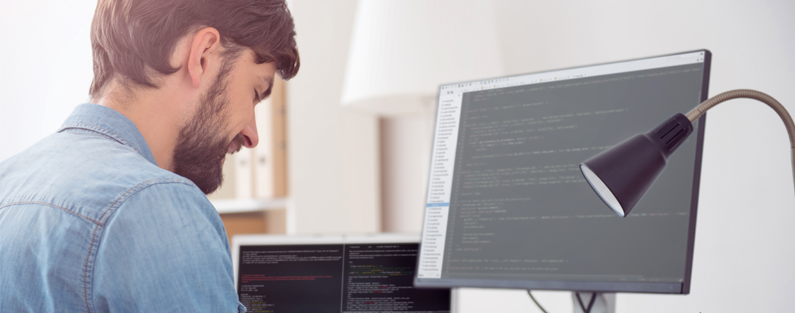
This year saw huge changes in computers-changes that will alter the way we build applications and use the computers in our hands and on our desks.
Another year is almost over, so it’s time to look back and see what happened in the world of laptop and desktop computers in 2016. In some sense, it wasn’t a year of revolutionary changes—most people would be hard-pressed to name a game-changing machine that came onto the scene during the year. In another sense, though, 2016 has been a year of profound changes—the sort of changes that we might look back on as signaling shifts in the very way we work with computers.
The biggest changes for machines fall into three categories, each of which brings with it new capabilities and possibilities:
The interface between user and machine
The interface between computer and peripheral
The way we think about what a computer looks like
When it comes to the interface between user and computer, you might have noticed that a lot of companies have introduced “assistants” that let you talk to your device—smartphone, PC, or stand-alone device. They have the assistant make things happen or get information and return it to you through a voice interface.
There are still many limitations to what these assistants can do, and the voice recognition algorithms can be frustratingly restricted in their understanding. But it’s not hard to see that we will spend more of our time talking to our computers and having them talk back to us as we move through the decade. Microphones and speakers are losing their status as options and becoming as required as the “Enter” key for many users and applications. This marks a trend that will only accelerate with time.
Speaking of acceleration, just as USB replaced RS-232 and Centronix parallel ports on workstations, USB Type C is in the process of replacing the USB ports to which we’ve become accustomed.
There has been initial confusion because a single hardware specification covers multiple port protocols (including Thunderbolt, USB Type C, and mini-Displayport), and not every device will work with every cable or every workstation port. But the growing pains will sort themselves out, and workstations will come with a bank of universal USB Type-C ports for every peripheral and power attachment.
Those global ports will be good because the final change is that mobile devices became smaller and more flexible in 2016 than they’d been before. USB Type-C ports are small, so thin laptop frames became the norm. And the thin frames hinged to a greater extent than before, as laptops sprouted touch screens, detachable screens, and 180-degree hinges to become laptop/tablet hybrid systems.
Business applications are beginning to take advantage of the new capabilities, making the “traditional” laptop and desktop anachronisms in the enterprise. New interfaces, new peripherals, and new ways of thinking about the workstations themselves make modernizing your fleet a project that you’ll want to consider sooner rather than later.
Monday-Friday: 9am to 6pm
Saturday: 9am to 2pm
Sunday: Closed
© 2022 (ITSC) information Technology Strategic Communications LLC. All Rights Reserved. Designed By:DIGITAL SFTWARE